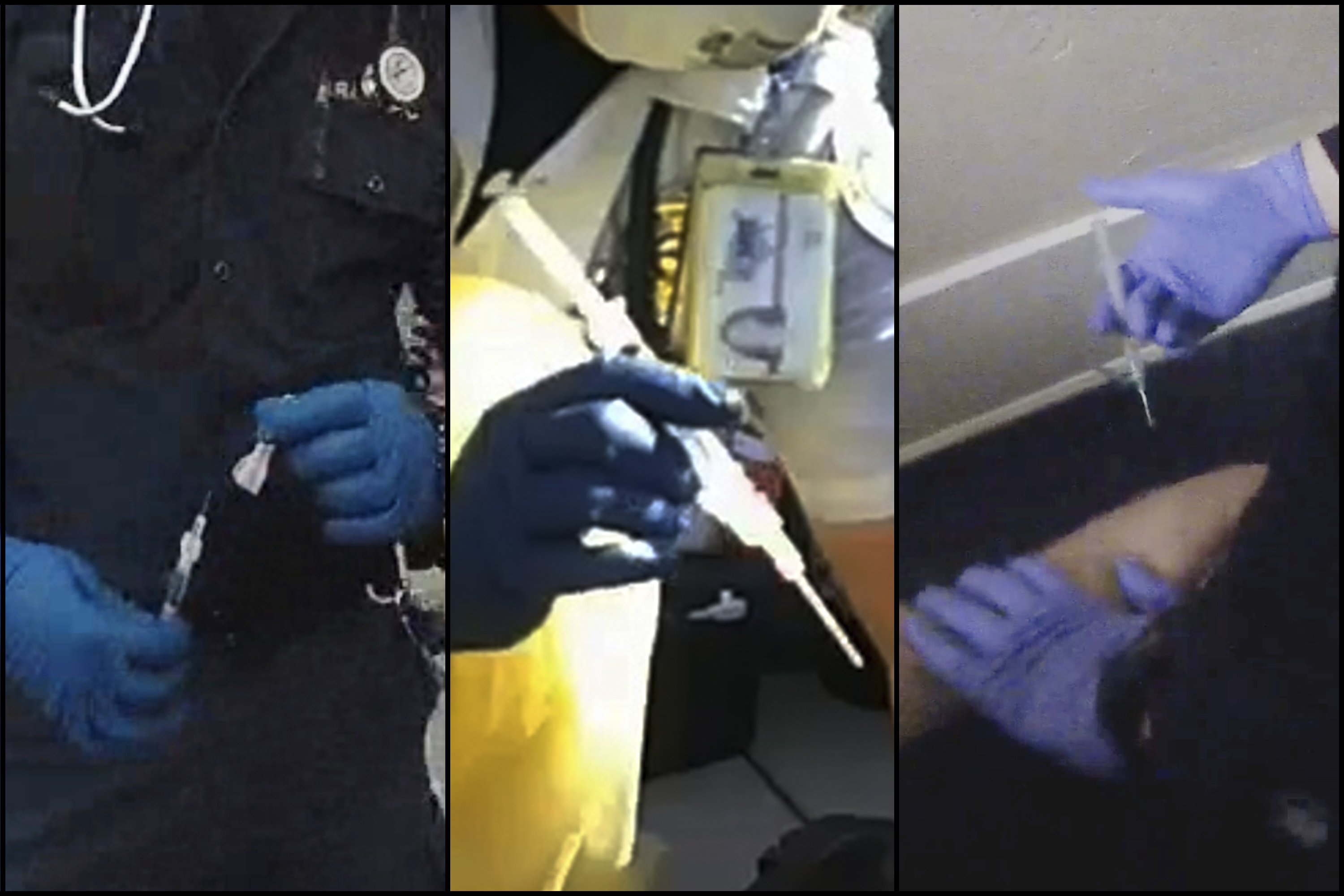Puerto Rico's governor on Saturday signed a law to protect a swath of land along the island's northeast coast that is a top U.S. nesting site for the world's largest turtle species.
The law ends a 15-year fight that environmentalists and celebrities including actor Benicio Del Toro had waged against developers eager to build hotels, golf courses and luxury homes in an area fringed by palm trees and turquoise waters.
"This is so exciting," said Angie Colon, an official with a nonprofit activist group that fought to preserve the land. "I'm still coming to terms with the fact that this is real."
The area, known as the Northeast Ecological Corridor, covers more than 1,200 hectares (2,900 acres) of lush vegetation and pristine beaches that are a nesting site for the federally endangered leatherback turtle. It is also the site of a popular bioluminescent bay featuring microorganisms that emit a blue glow in the dark when agitated.
The 13-mile-long area also features all ecosystems found in Puerto Rico, ranging from a subtropical dry forest to El Yunque tropical rain forest, the only one that forms part of the U.S. forest system. The protected region has more than 861 types of flora and fauna, including 50 rare, endemic or threatened species. Scientists recently spotted a large brown bird known as a limpkin for its unusual walk that was last seen in the late 1950s.
The region has long been a point of contention among developers, government officials and environmentalists.
Former governor Anibal Acevedo Vila sought to protect the area by law several years ago, but some senators rejected the project. As a result, Acevedo issued an executive order in 2007 to protect the land, declaring it off-limits to all development except for small, eco-friendly projects.
U.S. & World
Acevedo was later defeated by former governor Luis Fortuno, who issued a new order to allow large-scale development on land just north of El Yunque rain forest. Fortuno acted with support from officials including local mayors who sought to open the region to development to generate jobs and boost the local economy.
Developers in recent years have submitted plans to build two large hotels, four golf courses and 4,000 luxury homes. However, none of those projects obtained permits.
"Today, with the signing of this law, we honor and acknowledge the respect that this natural reserve deserves," said Gov. Alejandro Garcia Padilla.
Environmental groups now plan to develop the area for ecotourism.
Camilla Feibelman, coordinator of the local Sierra Club, said she envisions the land as a complementary destination to El Yunque. The group would promote hiking, rent bikes to visitors and offer tours to see hatching turtles.
In the high season, female leatherback turtles lay eggs in more than 400 nests they carve out on the Northeast Ecological Corridor's protected beaches, where waves help push the 2,000-pound (900-kilogram) animals out of the water, she said.
The government still has to buy private land to complete the designated corridor, Colon said. About 35 percent of the land that was designated as a protected area is private, she said.
Upon approving the bill last month, legislators said they aim to protect at least 16 percent of land in Puerto Rico in upcoming years.
Currently, only about 8 percent of the island's territory is designated for preservation and conservation, compared to 54 percent in the U.S. Virgin Islands and 42 percent in the Dominican Republic.



